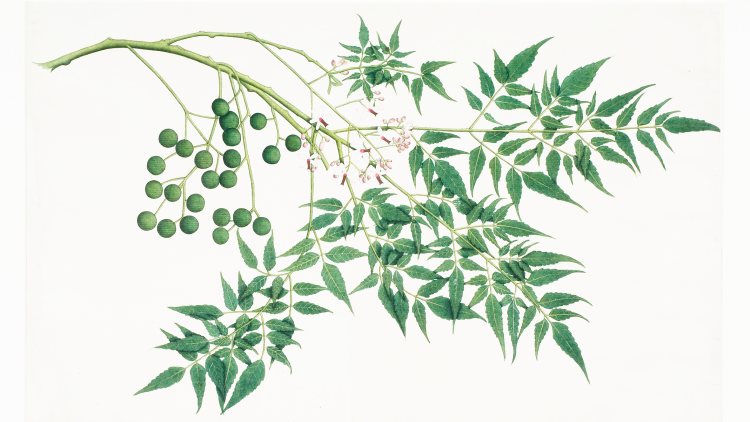Looking East

Key information
About this event
The European Experience of the Middle East in books and watercolours
10th October - 19th December 1997
The Levant and Middle East have always been a source of enrichment for western Europe - intellectually, materially and spiritually. In the Middle Ages, besides providing scientists, historians and geographers of their own, Muslim scholars had acted as custodians of the philosophy and science of the Greeks. With the holy city of Jerusalem the Levant continued to draw western pilgrims. As travellers multiplied, the crafts and techniques in which Muslim artists excelled were carried back to Europe. By the seventeenth century the commercial importance of the Middle East had increased still further and European embassies established there served as bases for botanists, geologists, topographers, archaeologists and artists.These and other aspects of an enduring interest in the many faces of the Middle East are documented by the books and watercolour drawings in this exhibition. They testify to a relationship in which dreams, prejudices, and illusions have played a part, but which has made an immense contribution to the development of western art, science and scholarship.
Looking East was an exhibition of rare books and fine watercolours demonstrating the impact of the Islamic lands of the Middle East on European travellers, artists and thinkers over many centuries. The exhibition consisted of 80 rare books and 60 watercolours chosen from two of the most remarkable and extensive modern collections relating to the Levant and the Middle East - the libraries of the Arcadian Group, and the Searight Collection of the Victoria and Albert Museum.
On display were books from the fifteenth century to the early twentieth century. The majority were large colour-plate books depicting the cities and peoples of the Ottoman world, Palestine, Egypt, Persia, Mesopotamia and central Asia. Architecture and design featured prominently, as did books containing scientific exchange between east and west. There were early European editions of the Quran. The watercolours, often by artists whose work went into print, covered the same territory throughout the nineteenth century. Landscape, buildings and cityscapes were prominent and there was much room for portraiture and costume. Ancient Egyptian monuments held a special attraction for many of these visiting artists.
Rare books from the Arcadian Group Libraries have been exhibited before in Paris, at the Institute du Monde Arab in 1993; and the Searight paintings have recently returned to London from an extensive tour of the United States through the Smithsonian Institute, Washington. Looking East now offers a rare opportunity to view some of the best and most interesting material from both collections in a single exhibition.
The Arcadian Group is an organisation handling the private collecting interests of an Arab-American family. Their libraries contain many thousands of rare printed books spanning over five centuries and including magnificent examples of major works by European travellers, artists, and scholars.
Rodney Searight (1909-1991) lived and worked in the Arab world for many years and, as an art connoisseur and amateur draftsman, he accumulated thousands of images by artists who visited the region. His collection was acquired in 1985 by the Victoria and Albert Museum, the world's greatest museum of the decorative arts.
